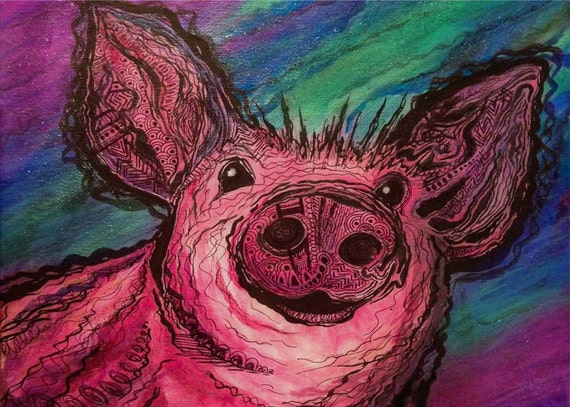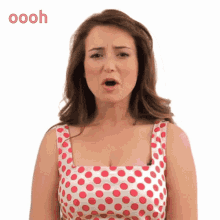- Welcome to Cook'd and Bomb'd.
-
 Obnoxiously American words...
by Underturd
Obnoxiously American words...
by Underturd
[Today at 05:51:46 PM] -
 The Travails of Labour - The...
by BlodwynPig
The Travails of Labour - The...
by BlodwynPig
[Today at 05:51:04 PM] -
 Is Cancel Culture Over?
by Butchers Blind
Is Cancel Culture Over?
by Butchers Blind
[Today at 05:50:50 PM] -
 I shouldn't laugh, but
by Underturd
I shouldn't laugh, but
by Underturd
[Today at 05:47:46 PM] -
 UB40
by dontpaintyourteeth
UB40
by dontpaintyourteeth
[Today at 05:44:54 PM] -
 Daniel Dennett in Heaven Now...
by Buelligan
Daniel Dennett in Heaven Now...
by Buelligan
[Today at 05:42:34 PM] -
 Fern Brady
by Poobum
Fern Brady
by Poobum
[Today at 05:41:57 PM] -
 Baby Reindeer (Netflix 2024)...
by BritishHobo
Baby Reindeer (Netflix 2024)...
by BritishHobo
[Today at 05:33:00 PM] -
 Trans Mania: Graham Linehan...
by YouCantWriteTearsJimmy
Trans Mania: Graham Linehan...
by YouCantWriteTearsJimmy
[Today at 05:28:12 PM] -
 That band IDLES are still...
by iamcoop
That band IDLES are still...
by iamcoop
[Today at 05:27:55 PM]
Members
 Total Members: 17,826
Total Members: 17,826 Latest: bozza
Latest: bozza
Stats
 Total Posts: 5,581,709
Total Posts: 5,581,709 Total Topics: 106,725
Total Topics: 106,725 Online Today: 871
Online Today: 871 Online Ever: 3,311
Online Ever: 3,311- (July 08, 2021, 03:14:41 AM)
Users Online
 Users: 103
Users: 103 Guests: 575
Guests: 575 Total: 678
Total: 678 Underturd
Underturd thevoola
thevoola MrT
MrT Fishfinger
Fishfinger KaraokeDragon
KaraokeDragon paddy72
paddy72 sevendaughters
sevendaughters Mr Trumpet
Mr Trumpet Holy Dread
Holy Dread Theotherside
Theotherside sadman2705
sadman2705 Cuellar
Cuellar Butchers Blind
Butchers Blind BlodwynPig
BlodwynPig Evil Knevil
Evil Knevil Poobum
Poobum Fifteen Milky Ways
Fifteen Milky Ways Jockice
Jockice machotrouts
machotrouts Jumblegraws
Jumblegraws McDead
McDead cosmic-hearse
cosmic-hearse neveragain
neveragain zenithed
zenithed Buelligan
Buelligan Blumf
Blumf Pranet
Pranet iamcoop
iamcoop cakeinmilk
cakeinmilk sevenism
sevenism Steven88
Steven88 FredNurke
FredNurke dazed_and_bemused
dazed_and_bemused PowerButchi
PowerButchi Ruben Remus
Ruben Remus Hat FM
Hat FM brownjam
brownjam Better Midlands
Better Midlands RicoMNKN
RicoMNKN OpenMikeKnight
OpenMikeKnight Johnny Yesno
Johnny Yesno Bobloblawslawbomb
Bobloblawslawbomb Egyptian Feast
Egyptian Feast DelurkedToHelp
DelurkedToHelp MrMealDeal
MrMealDeal Claude the Racecar Driving Rockstar Super Sleuth
Claude the Racecar Driving Rockstar Super Sleuth Caprain Peacock
Caprain Peacock Elderly Sumo Prophecy
Elderly Sumo Prophecy trabuch
trabuch hcrumble
hcrumble earl_sleek
earl_sleek Mirr0rs
Mirr0rs Red Lantern
Red Lantern AnotherOli
AnotherOli xtvkvp
xtvkvp Gulftastic
Gulftastic tom_exorcisto
tom_exorcisto mattjjh
mattjjh RFT
RFT Phil Colons
Phil Colons Juan K Perros
Juan K Perros ros vulgaris
ros vulgaris gib
gib g0m
g0m The Always Red Society
The Always Red Society Shaxberd
Shaxberd Brundle-Fly
Brundle-Fly Zetetic
Zetetic Moj
Moj M-CORP
M-CORP paddi
paddi non capisco
non capisco bluestar
bluestar Mobbd
Mobbd Tiggles
Tiggles Theoretical Dentist
Theoretical Dentist Eltho Jo
Eltho Jo pandadeath
pandadeath crankshaft
crankshaft everyplatewebreak
everyplatewebreak
User actions

